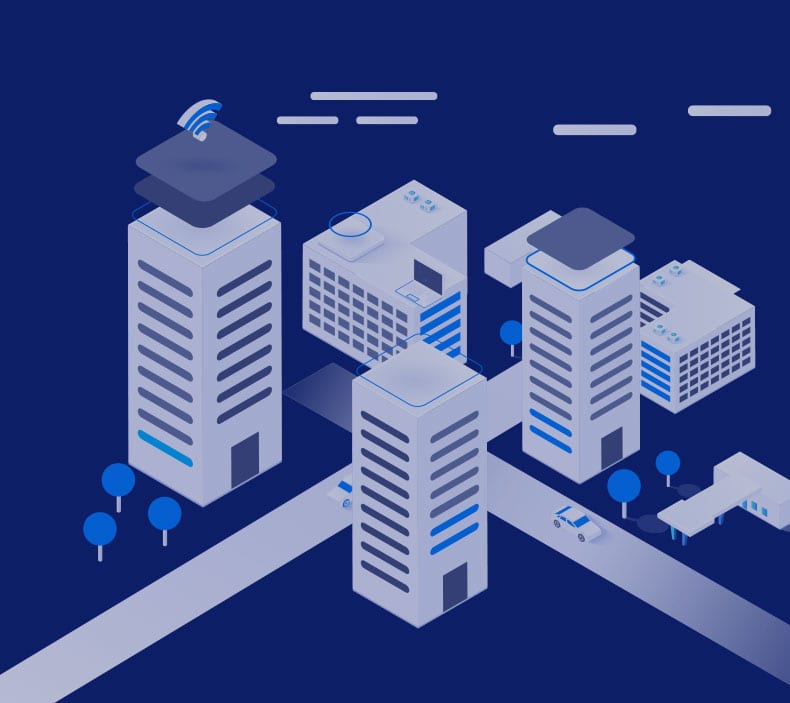What Is Event Streaming and Why Is It Critical for Big Data Applications?
The evolution of the Hadoop platform spans 20 years of computer science in enterprise corporations, advancing the major paradigms of search, cloud computing, and social networking in datacenter research & software development. The core Hadoop project now consists of the fundamental HDFS, Ozone, MapReduce, and YARN components upon which other “Big Data” software solutions are built using supplemental frameworks like Spark, HBase, Kafka, Hive, Pulsar, Flink, NiFi, Pig, Storm, Phoenix, Zookeeper, etc. from the Apache Software Foundation (ASF). Open-source licensing allows developers from many different companies to collaborate on shared web standards for better platform interoperability in the cloud.
The use of Event Streaming technology in ecommerce, social networking, mobile applications, and media publishing is one of the most common reasons for Apache Hadoop ecosystem software adoption in enterprise corporations today. Event Stream Processing Architecture allows companies to build better real-time data analytics, network monitoring, and consumer metrics systems into their software products. Apache Kafka (developed by LinkedIn) and Apache Pulsar (developed by Yahoo!) allow enterprise corporations to support billions of unique events per day recorded by users in their use of branded software platforms. These Apache Hadoop ecosystem solutions have become the industry standard for “Big Data” applications in 2020 and are driving the pace of software innovation in corporate IT through ML integration.
What Is Event Streaming?
The Hadoop ecosystem currently includes two major application frameworks that enable enterprise software development teams to code stream processing for events and messages on “Big Data” platforms. Apache Kafka is used by thousands of enterprise corporations to build real-time data pipelines into streaming applications. The framework supplies the software support for scaling event streaming through message queues that are reliable, secure, and run efficiently on web servers in a cloud data center. Event streaming allows enterprise software based on Kafka to react in real-time to data by updating website displays, mobile applications, financial accounts, profile pages, custom advertising, etc. with information from direct user activity on a website or mobile application. Programmers can direct data streams to specific web servers for processing or use APIs to export the data to other applications and network devices.
Apache Pulsar has similar goals in functionality to Kafka but is coded with a different approach to the problems of event streaming for “Big Data” applications. Pulsar uses a “push”-based message consumption model, compared to a “pull”-based approach implemented in Kafka. Although both the Kafka and Pulsar frameworks include integration with the Apache Zookeeper code for real-time stream, event, and message processing, Pulsar also supports BookKeeper and RocksDB functionality for improved performance in queue management. For storage, Kafka uses a log-based approach compared to Pulsar’s advancement of an index system similar to RabbitMQ. In practical terms, Apache Kafka is already in use in thousands of enterprise software applications for event stream processing in applications, which is increasingly being supplemented by Pulsar solutions due to better performance in message queuing, streaming, and pub/sub on the same hardware.
Why Is Event Streaming Critical for Big Data Apps?
The requirements of ecommerce and social networking software for corporations with high rates of user traffic (web/mobile) presents two distinct challenges for companies. First, consumers in the marketplace demand feature-rich applications that run in web browsers and mobile phones that require complex event stream processing to operate. Every event on the user profile, or that the online shopper engages in while viewing, ordering, watchlisting, or checking-out products from an ecommerce store creates an event that must be stored, processed, and transferred to become elements of the user interface in other parts of the application display. Some companies may need to make data available to other platforms or services via APIs. Secondly, the sheer bulk of all these events multiplied by millions of simultaneous users on an enterprise services platform creates a major data center and software application support challenge for DevOps technicians and programming teams. In order to solve these problems with event processing for ecommerce and social networking applications at the level required by enterprise web/mobile traffic, companies have adopted Apache Kafka and Pulsar solutions based in the Hadoop ecosystem.
Learn more about Pandio’s Apache Pulsar as a Service products.


